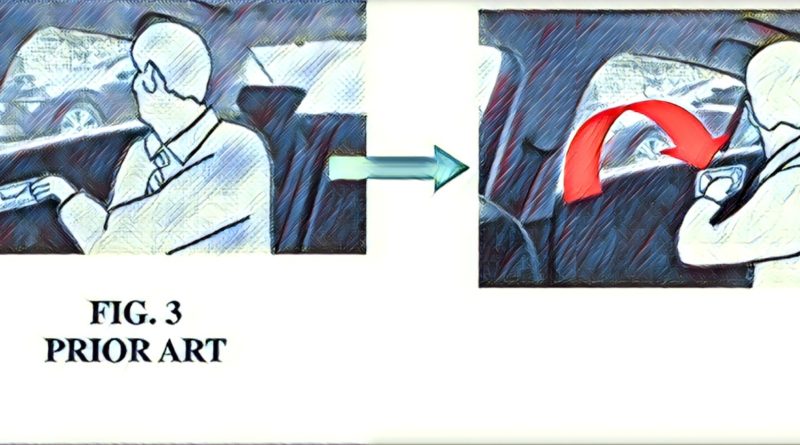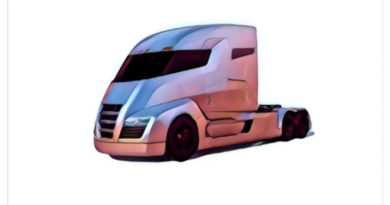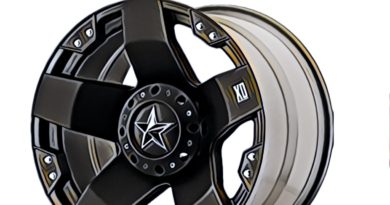How Much Inconvenience Are You Willing to Accept for the Safety of Others?
Most modern automotive safety improvements also improve the convenience or experience of the user. Can you think of any safety advances that actually inconvenience the user? The obvious one is the seat belt alarm system that transformed us from a society in which a lot of people didn’t wear their seat belt to a society today in which almost everyone wears their seat belt all the time. Sure, everyone experienced that first month or two with a new car where you cursed the damn chime of the seat belt alert, but you quickly adapted and it has saved countless lives. Now I only curse the system once a year when I place a suitcase on the passenger seat and the alarm forces me to clip in the passenger seat belt.
A patent application recently published that few people would argue has merit, but definitely would be a greater inconvenience than the seat belt alarm and left me wondering whether it would be embraced if not forced upon auto manufacturers as a required safety feature. See what you think…
Titled “automotive door having interior door handle for preventing accident,” and published as US Pub. No. 2018/0258672, describes the invention as:
Provided is an automotive door having an interior door handle for preventing an accident. The door handle is connected to a rod to control operation of a door lock assembly inside a vehicle and is disposed on a door of the vehicle at a position corresponding to the shoulder of an adult sitting in the vehicle. Since the door handle is disposed on a door at a position corresponding to the shoulder of an adult sitting in the vehicle, when a passenger opens a door to exit a vehicle, his/her body is naturally turned back, so his/her eyes also naturally face the rear area. Accordingly, a collision with another vehicle, a motorcycle, or a bicycle approaching from behind can be prevented. Further, since the passenger looks back every time he/she opens a door, his/her consciousness about a safety accident when opening a door is increased.
The drawings explain this simple concept:
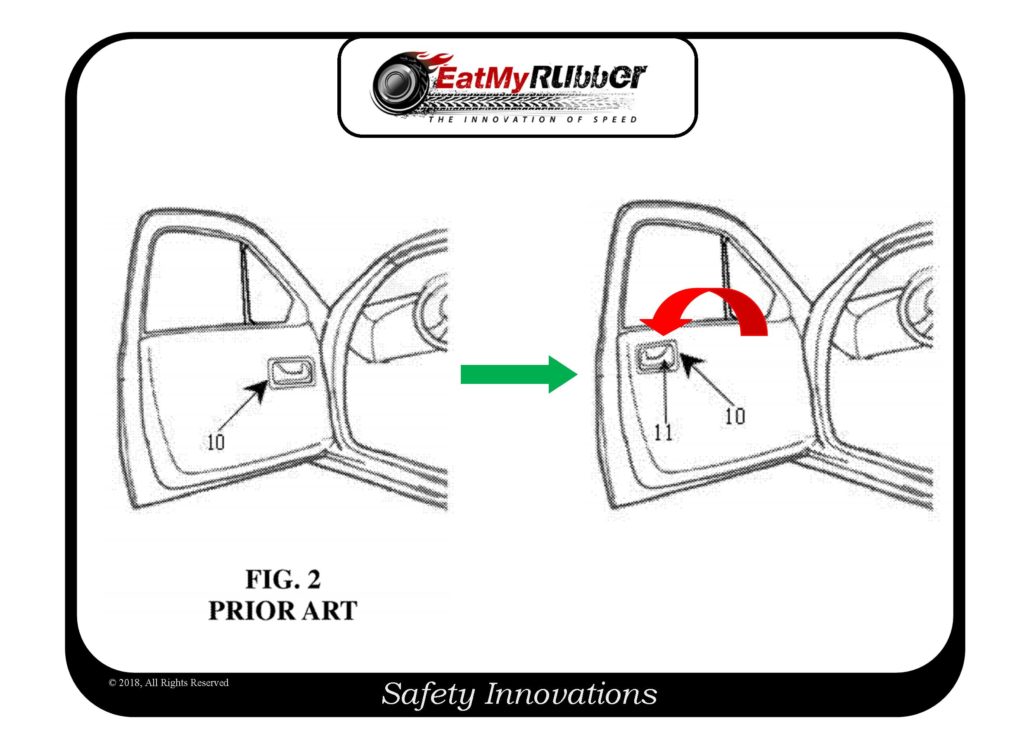
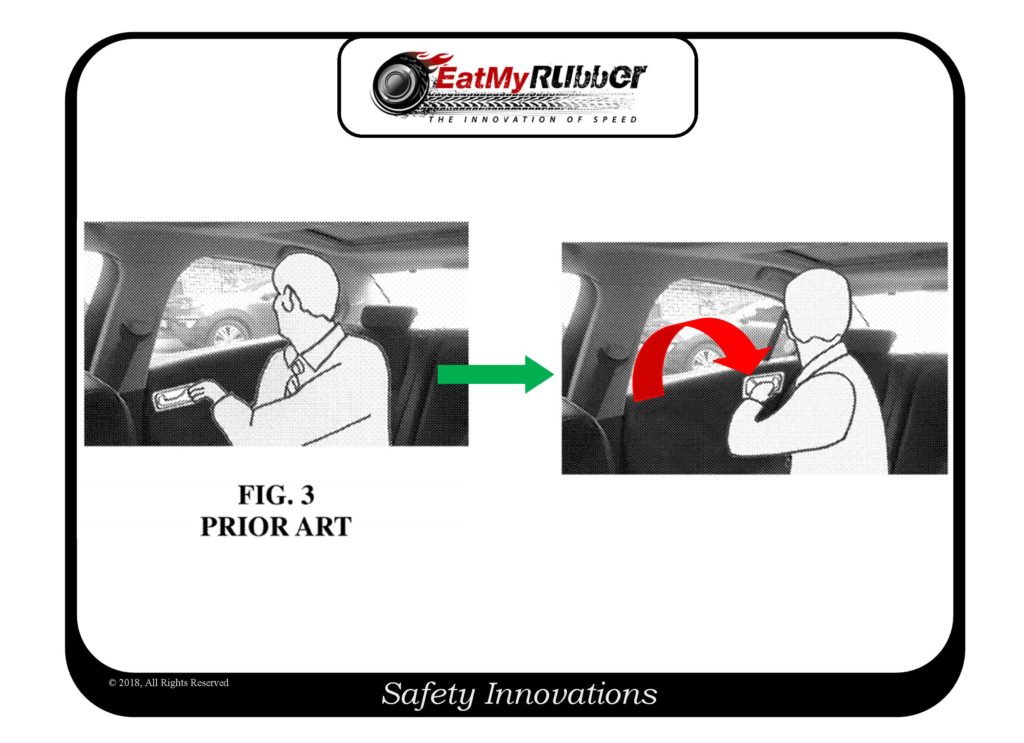
Let me know in the comments whether you think this safety advance could be embraced by our society. I have my doubts, as it seems like a real obstacle for an aging population and those with limited mobility. A nice idea nonetheless.
If you are a fan of safety engineering, you may enjoy this book.
Dave Dawsey – Automotive Safety Engineering Patent Lawyer
PS – please follow me on Twitter (@EatMyRubberTech), and heck – connect with me on LinkedIn.
PPS – If you like what we are doing, please considering helping us out and make your online gear purchases through our Amazon affiliate link. Every little purchase helps us keep the site up and running! Thanks.

